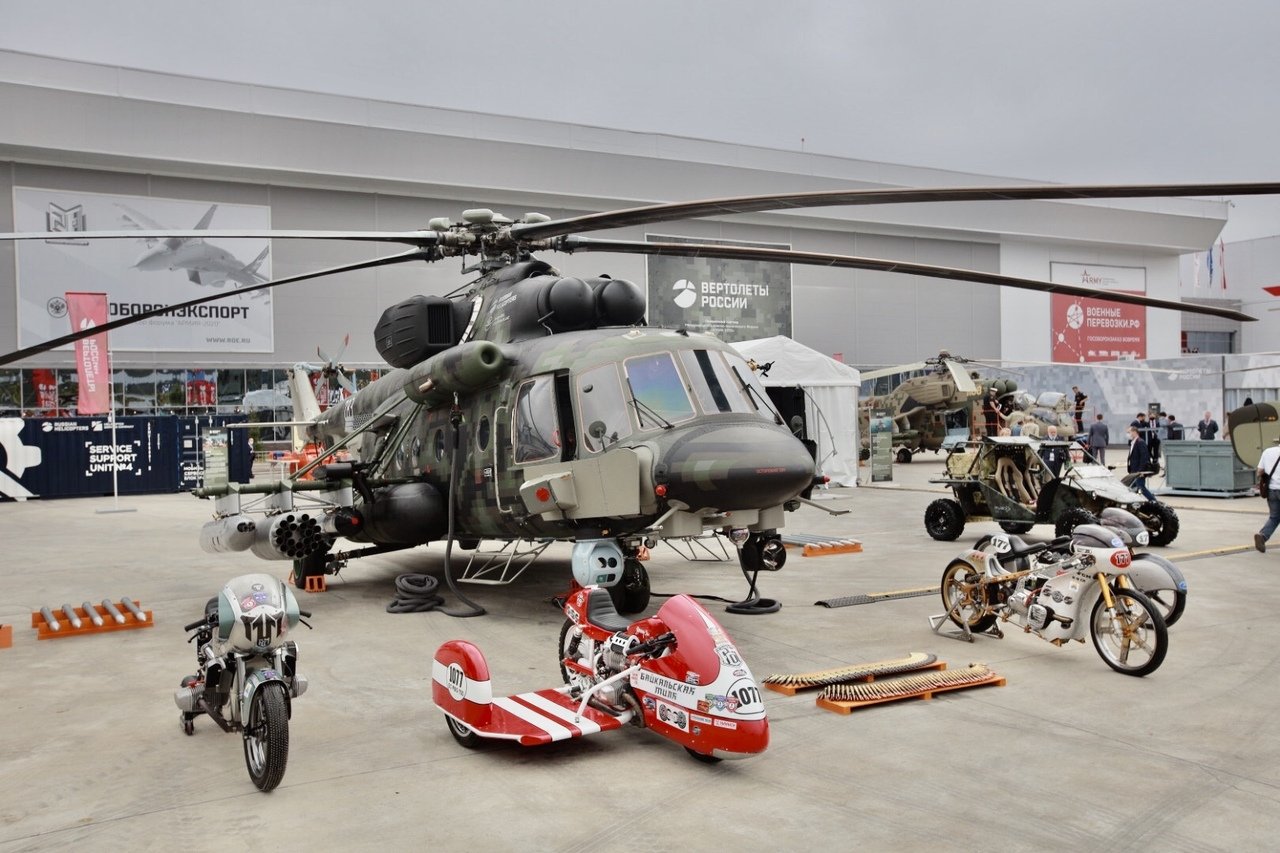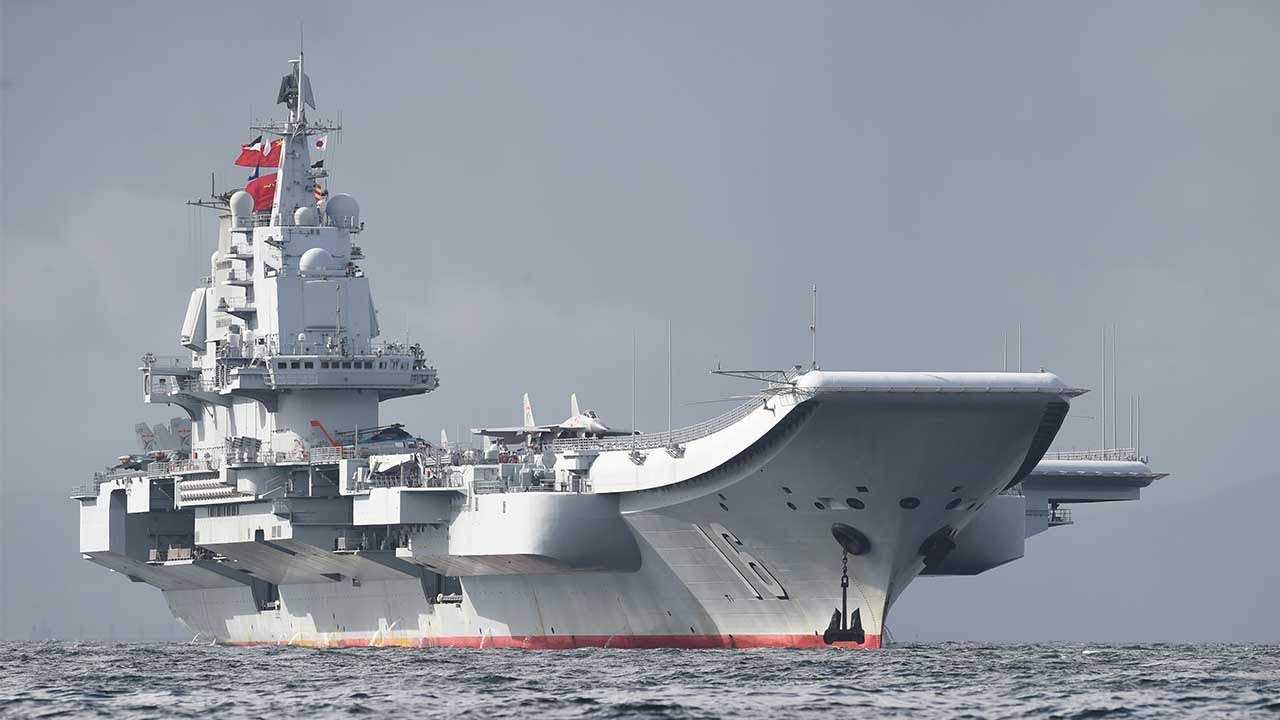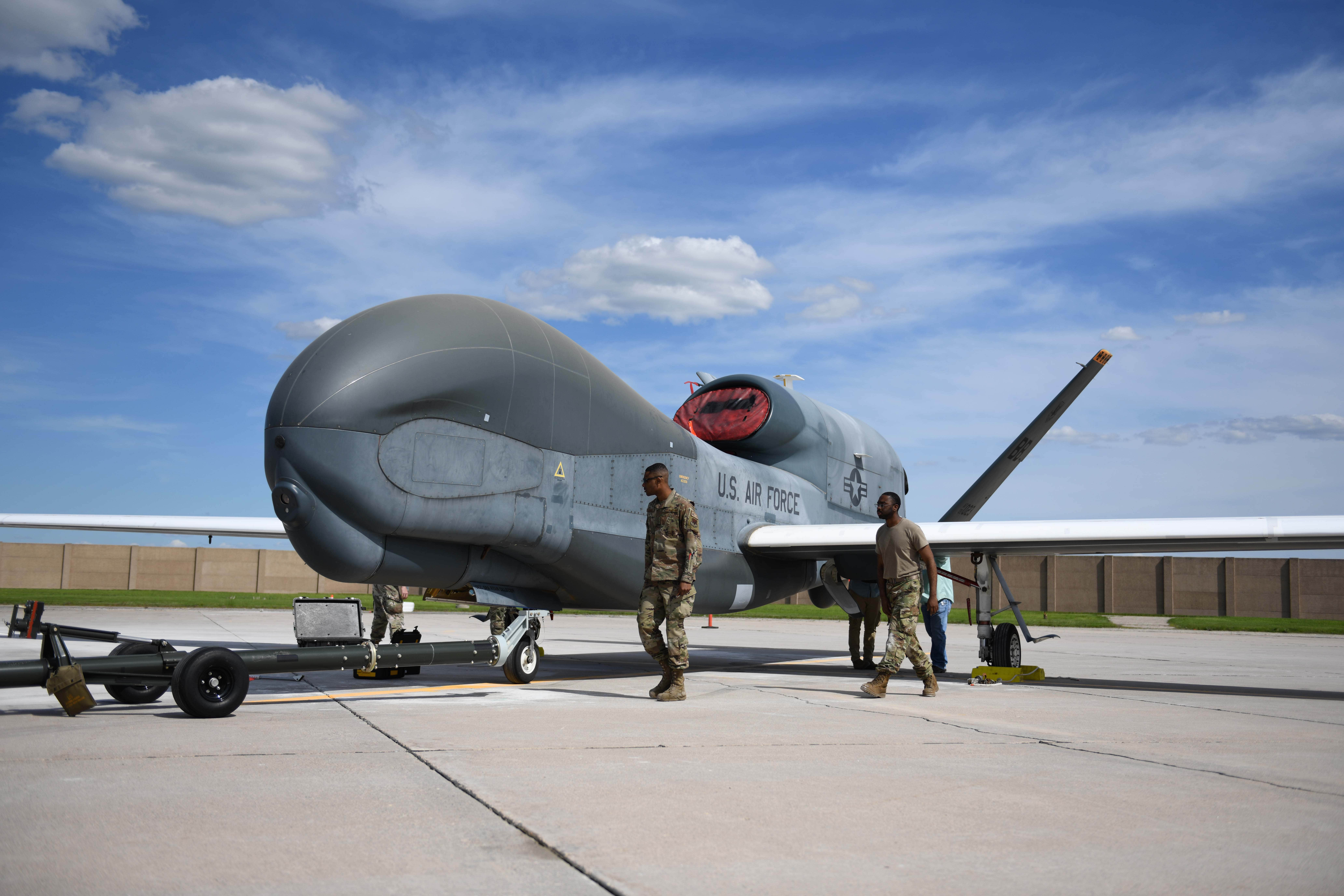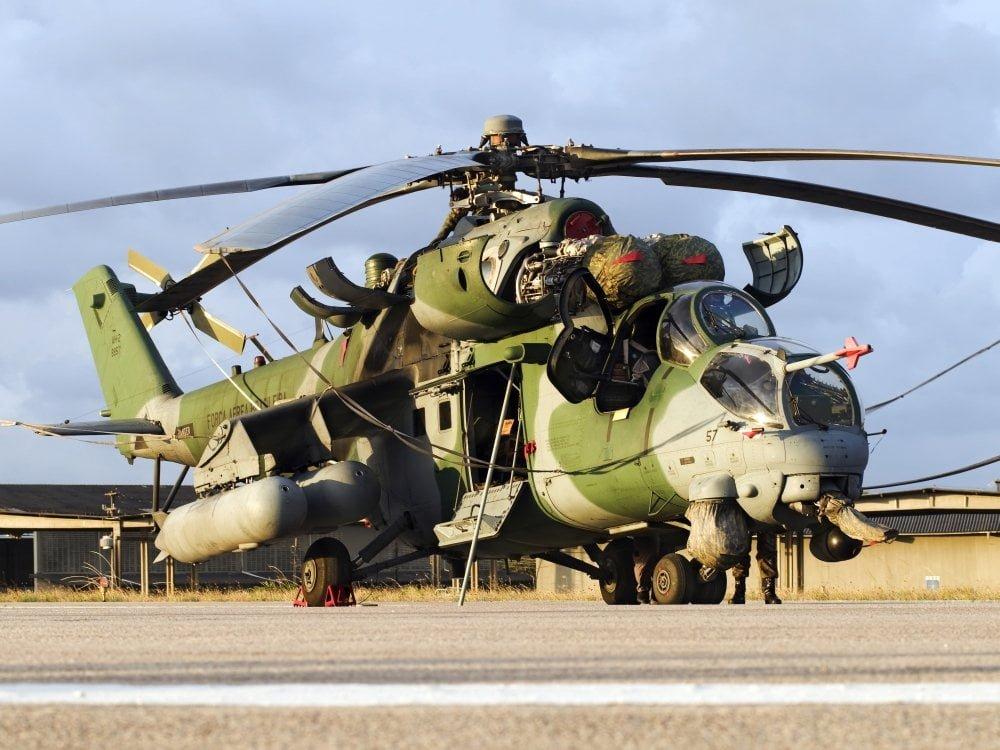
The Yasen-M nuclear cruise missile submarine Krasnoyarsk in January. Tass Photo
Russia could have its most powerful and quiet nuclear attack submarines on persistent patrols off either U.S. Coast in the next two years, the head of U.S. Northern Command told the Senate Armed Services Committee on Thursday.
In response to questions from Sen. Joni Ernst (R-Iowa) on the threat of Chinese and Russian cruise missile submarines operating close to the U.S., NORTHCOM commander Gen. Glen VanHerck said that the deployments of the Russian Yasen-class nuclear cruise missile attack boats have been deploying more frequently.
“[The risk is] absolutely increasing. Within the last year, Russia has also placed their [Yasens] in the Pacific,” he said.
“Now not only the Atlantic, but we also have them in the Pacific and it’s just a matter of time – probably a year or two – before that’s a persistent threat, 24 hours a day. … That impact has reduced decision space for a national senior leader in a time of crisis.”
Also known by their NATO reporting name Severodvinsk class, the 13,800-ton Yasen-class attack boats are among the most capable submarines in the world. In particular, the three current boats in the class are capable of a special quiet operations mode that make them difficult to detect in the open ocean. In 2018, the lead boat in the class, Severodvinsk, evaded U.S. efforts to find it for weeks, according to press reports.
Navy officials have told USNI News that the service has become increasingly concerned with the efficacy of the Russian submarine force.
The growing ability of Russian submarines to operate undetected in the Atlantic pushed the Navy to reactivate U.S. 2nd Fleet and create a command for anti-submarine warfare across the Atlantic in 2018.
The Russian Navy has planned to build ten Yasen-class attack boats, with the fourth to commission later this year, according to Russian press reports.
The Russians have also recently delivered two new strategic nuclear submarines.

In January, the Russian Navy commissioned the 24,000-ton Borey-class nuclear ballistic missile submarine Generalissimus Suvorov. In July, the Russian Navy delivered Belgorod – a strategic weapons platform fitted with school bus sized nuclear torpedoes that can be fitted with a 100-megaton nuclear warhead.
VanHerck also emphasized the need for the U.S. to expand its operations in the Arctic, as Russia has modernized its assets in the region and China continues to push farther north.
“Russia has modernized their fleet of icebreakers. They’ve modernized their strategic defense along with their submarine forces. China is sailing into the Arctic under the guise of research [missions] and we know they’re doing military operations, surveying the seabed.”
VanHerck said the U.S. is short of assets in the Arctic as Russia and China continue to expand operations.
“We’re not organized, trained and equipped to operate and respond in the Arctic. Infrastructure is a big concern for me, whether that be runway links, whether that be buildings, whether that be weapons storage, whether that be fuel storage,” he said.
“We need persistence that requires icebreakers. We as a nation are in bad shape regarding icebreakers, and I fully support the Coast Guard’s plan. We need to go faster.”





